Dibble Authors ATSSA’s VRU Policy and Advocates for VRU Safety
Written by Seth Chalmers, PE and Rebecca Argo
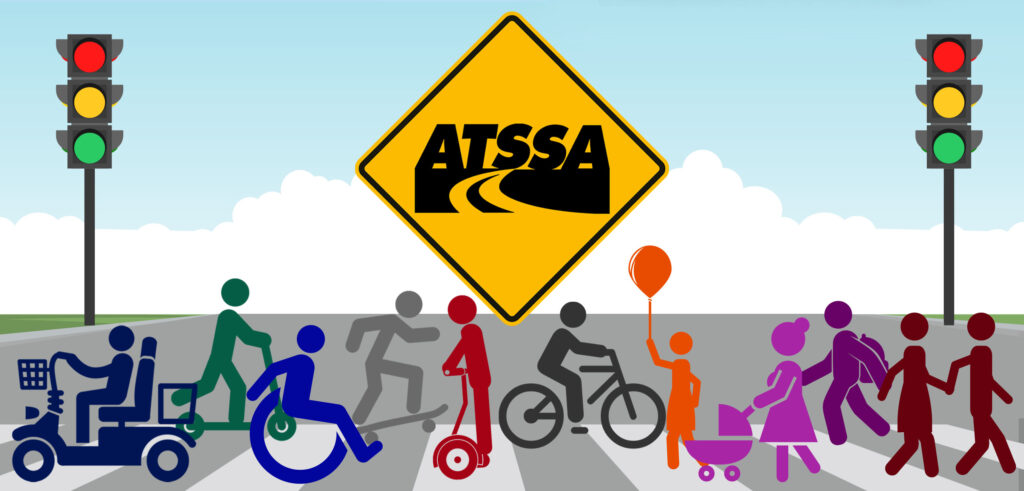
Dibble’s Director of Traffic Engineering, Seth Chalmers, P.E., was the Vulnerable Road User (VRU) Task Force chairperson and the main author of the American Traffic Safety Services Association’s (ATSSA) policy recommendations on VRUs. As the chairperson of the ATSSA Traffic Signal Committee, Seth led the VRU Task Force in developing a series of recommendations for establishing a successful statewide VRU program. The policy was approved in the spring of 2021 and distributed to departments of transportation (DOTs) across the country with the goal of increasing VRU safety.
VRUs are individuals who “use streets, roads, and highways without the benefit of the protection offered by an automobile or truck.” These alternate modes of transportation include walking and using a bicycle, scooter, wheelchair, or skates – in other words, “walking and rolling.”
VRUs are particularly vulnerable to severe injuries or fatalities resulting from crashes with automobiles, due to their lack of protection from being inside a vehicle. In fact, a 2019 Governors Highway Safety Association (GHSA) report showed that pedestrian fatalities increased by 53% over the nine-year period between 2009 and 2018. The safety of VRUs is a key issue that needs immediate attention from the traffic engineering community, since many communities and roadways are vehicle-centric and lack basic safety measures for VRUs such as sidewalks or pedestrian countdown timers.
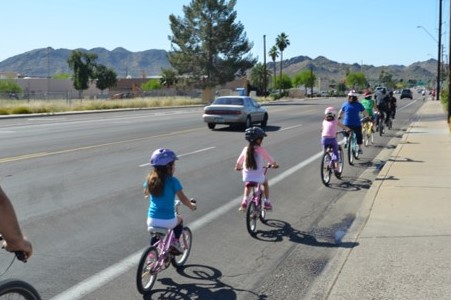
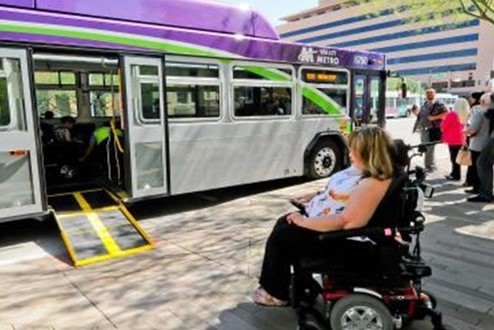
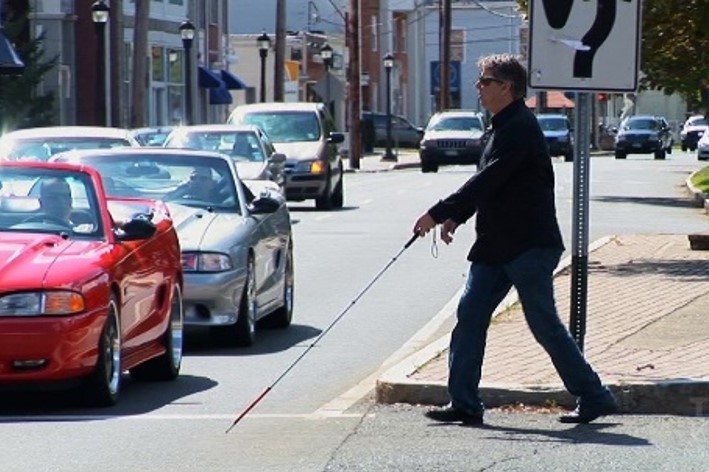
The industry has seen a shift in recent years to accommodate active/alternate modes of transportation in traffic and transportation engineering, rather than just vehicular traffic, as has historically been the case. A few examples include pedestrian crossing studies, municipal active transportation plans, complete/green streets design, Americans with Disabilities Act (ADA)-compliant design, statewide Zero Fatalities/Toward Zero Deaths (TZD) campaigns, and the Federal Highway Administration’s (FHWA) Safe Transportation for Every Pedestrian (STEP) program. ATSSA’s VRU policy complements these existing measures and serves as a key step in helping DOTs develop and focus on safe travel for all road users.
The ATSSA VRU policy provides 19 recommendations for how DOTs can establish a successful VRU program to protect VRUs throughout the state. A few of the recommendations include the following:
- Separately tracking pedestrian and bicycle crashes
- Assessing VRU infrastructure and developing a plan for safe crossings
- Developing a long-term plan to construct, operate, and maintain infrastructure that accommodates VRUs
- Making various modifications to traffic signals/intersection crossings to better protect VRUs
- Providing streetlighting to enhance visibility and security of VRUs
- Reevaluating and reducing speed limits where appropriate
- Exploring new technologies to enhance VRU safety
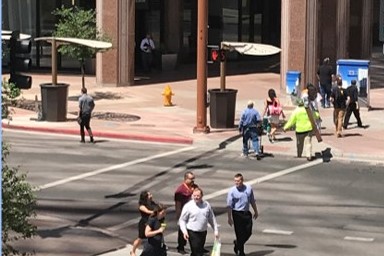

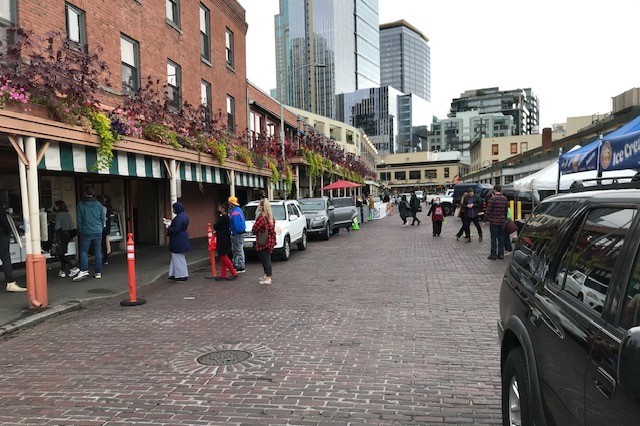
Dibble is thrilled to take an active role in VRU safety. This includes not only our volunteer work with ATSSA in leading its VRU Task Force and creating the VRU policy recommendations, but also through several recent pedestrian crossing studies and designs throughout the Phoenix and Tucson areas. One of the first steps in improving VRU safety is identifying particular areas of vulnerability to road users. Key concerns include areas where walking and rolling are the main mode of travel; arterial streets with higher speeds; and crossing situations that put VRUs at risk. Our VRU projects aim to increase crossing opportunities and safety for VRUs.
We encourage you to review the official VRU policy at https://www.atssa.com/Blog-News/ATSSA-Blog/ArtMID/569/ArticleID/425/ATSSA-issues-recommendations-for-a-Vulnerable-Road-Users-Program.
Whether incorporating VRU safety principles into traffic design, or just being more aware of VRUs while driving, we can all do our part in helping improve safety for all road users – especially those who “walk and roll.”

